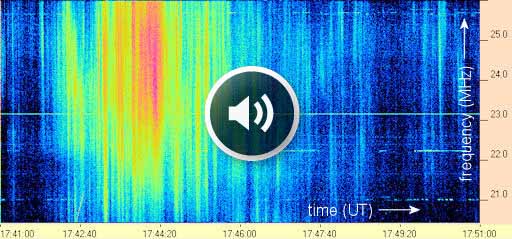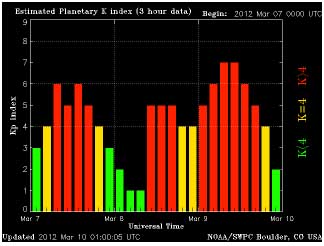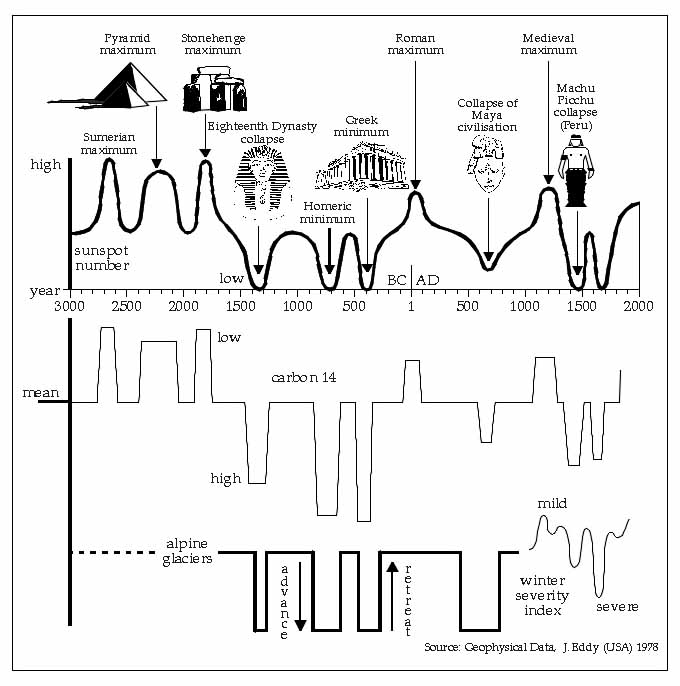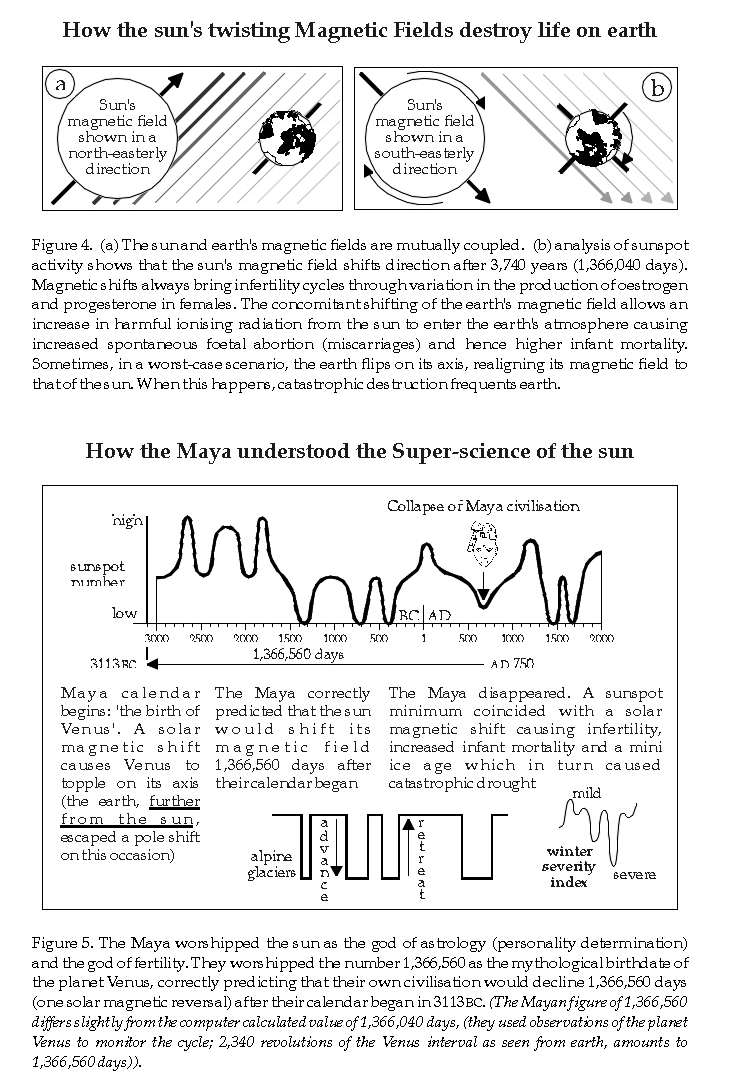Daylight Saving Time

Do you recognize the man in the clock?
He's Edgar Cayce the man who coined the term Earth Changes.
I know most of you have read about him through the years, but it's a good review.
Saturday night, I accidentally found the image of Cayce in my folder about "Time" and decided it was the perfect time to post it - at the start of Daylight Saving Time. I actually don't remember when I found the picture or even having it, but it wanted to be posted now. Today, I went back to my files on Atlantis for a final review and discovered a strange file about blue stones. Much to my surprise - or not - the file mentioned Cayce ... Interesting. Upon further investigation I discovered the stones are called Larimar Stone, Stefilia's Stone - found in the Dominican Republic. Furthermore, the Larimar Stone is a crystal which takes us to the story of Chanyee - "Atlantic ~ Thule". It never ceases to amaze how things come together.

Radio Bursts
Spaceweather.com - March 11, 2012The roaring sounds heard are caused by shock waves plowing
through the sun's atmosphere in the aftermath of the explosion.
In modern times, the largest solar flare measured with instruments occurred on November 4, 2003. This event saturated the GOES detectors, and because of this its classification is only approximate. Initially, extrapolating the GOES curve, it was pegged at X28. Later analysis of the ionospheric effects suggested increasing this estimate to X45. This event produced the first clear evidence of a new spectral component above 100 GHz. Other large solar flares also occurred on April 2, 2001 (X20), October 28, 2003 (X17.2 & X10), September 7, 2005 (X17), February 17, 2011 (X2), August 9, 2011 (X6.9), and March 6, 2012 (X5.4).

Solar Flares - March 7-10, 2012

Sunspots and the Rise and Fall of Civilizations Maurice Cottrell
There appears to be a correlation between the rise and fall of civilizations with the rise and fall of radiation from the sun. The graph shows a long-term envelope of sunspot activity derived from the center graph of Carbon 14. More carbon 14 is absorbed in the growth rings of tress during the sunspot minima. Sunspot minima also correlates with mini-ice ages and a winter severity index based on a mean for Paris and London - for the period shown. The Maya disappeared during a sunspot minimum.
